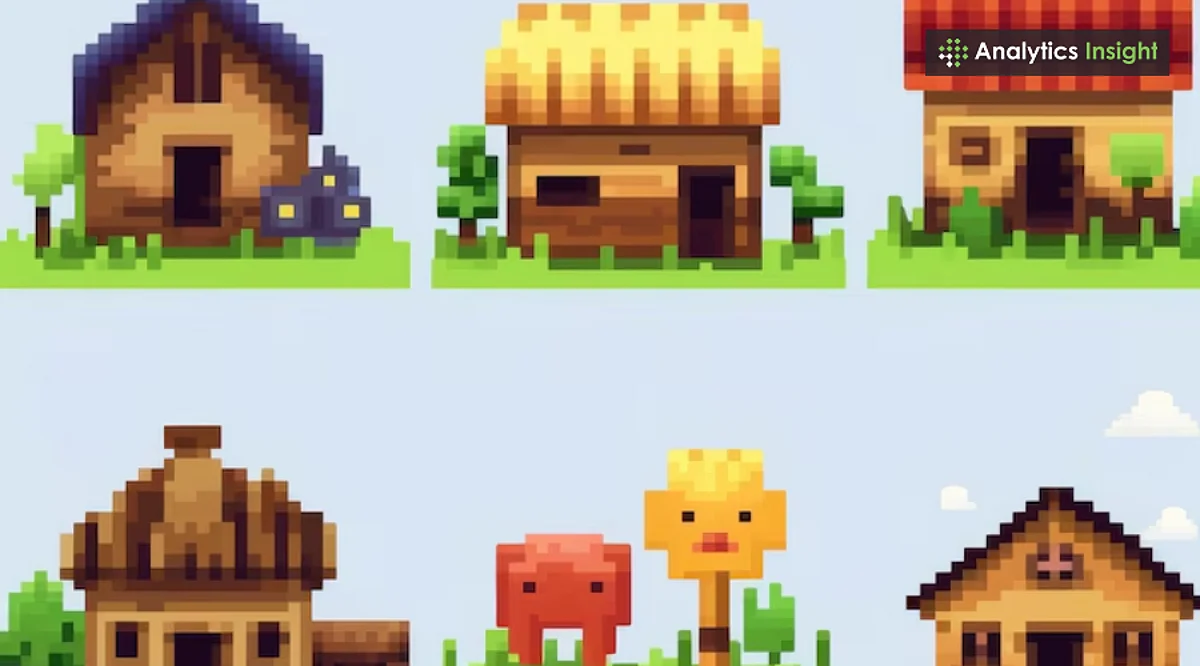Players seeking to enhance their wealth in Minecraft can utilize efficient strategies to convert basic resources into emeralds, the game’s primary currency. With a focus on villager trading, automated farms, and mining tactics, players can generate a reliable income stream while enjoying the game. This guide is relevant for those playing in both Survival and Hardcore modes.
Maximizing Villager Trading
Trading with villagers stands out as the most effective method for acquiring emeralds. To begin, players should locate or establish a village and utilize job site blocks such as a lectern for librarians or a composter for farmers. This allows unemployed villagers to take on roles that facilitate trading.
Building a population of villagers is crucial. By breeding them, players can increase their trading options and secure better deals. Farmers typically purchase easily cultivated crops like wheat, potatoes, and carrots, while librarians often trade for paper. Notably, if a player manages to cure a zombie villager, they can receive substantial discounts on trades, effectively increasing their profit margins.
Players can harvest and sell various crops, including sugarcane, melons, and wheat. By automating this process with pistons and observers, players can create a passive income system. Combining these farms with composters yields bone meal, which accelerates crop growth. Once established, players need only collect and trade the results, ensuring a steady flow of emeralds with minimal effort.
Mining and Resource Management
Beyond villager trading, exploring mining opportunities can significantly boost a player’s emerald inventory. While diamonds are often the focus, resources such as iron, coal, and cobblestone can also be converted into emeralds. Smelting iron and trading it with toolmakers or providing coal to armourers can yield consistent returns.
Creating strip mines or exploring caverns will enhance resource collection, especially with tools enchanted with Fortune to maximize output. Players can then trade their amassed resources in exchange for emeralds, which also contributes to strengthening local villages and unlocking rare items.
Additionally, constructing mob farms can be a lucrative venture. By designing dark room spawners or XP grinders, players can collect valuable drops like bones, arrows, and gold. Cleric villagers are willing to purchase gold ingots and rotten flesh, turning these resources into a significant income stream without requiring extensive effort.
Crafting high-demand items serves as another effective strategy. Players can create iron tools for trade or develop leather from cow ranches to exchange with leatherworkers. Enchanted books, obtained through crafting or trading with librarians, can also be sold for profit.
Ultimately, success in Minecraft revolves around strategic planning rather than relentless grinding. By leveraging villager trades, automated farms, and mining techniques, players can establish a personal empire within the game. For those willing to adopt these methods, accumulating emeralds and enjoying the game can become an achievable and rewarding experience.
In conclusion, making money in Minecraft is not just a distant dream; with the right strategies, players can easily transform their gameplay while enjoying the journey.
